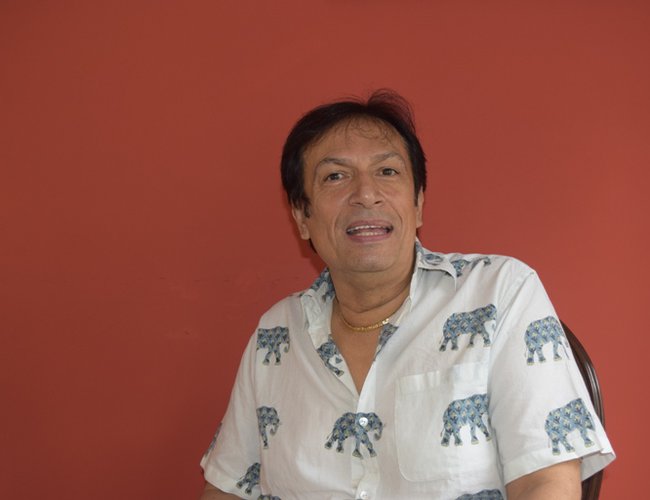
What inspired you to renovate the portion of Babarmahal and name it Babarmahal Revisited?
The first thing was when I returned from Germany in 1979, I decided to do something to maintain the beauty of Kathmandu Valley forever. Kathmandu Valley was beautiful, as you can walk to mountains and see things around you. I thought of this all and settled down in Kathmandu. What I realize now is that so many things are disappearing, the monuments, forget the palaces.
How was the situation back then?
Everything was in the process of decay. In the early 1990s, most of the Rana Palaces, which were so historical and beautiful monuments of Nepal, the high breed of architecture, the European architecture, all were disappearing, turning into offices, the Road Department, Bal Mandir, Nepal Rastra Bank and so on. All of them had no use but to make space for government offices. Had they turned these into heritage hotels, a lot of tourists would have come.
Why is heritage conservation important?
Nobody wants to stay in concrete buildings all the while. So I decided to do something on this cowshed and guard house, the old part of Babar Mahal. I decided that I would make an architectural museum for my ancestors. Actually, I wanted to recreate the Babarmahal but it was not possible. I wanted to miniaturize the palaces of Ranas. As there was no Nepali equivalent or architect, we ended up doing five courtyards. We went to different courtyards, in Patan, in Bhaktapur, also in parts of the palaces of Keshar Mahal and Singha Mahal. Unfortunately, I had to hire an American architecture to visualize my concept. When I started work, nobody understood what was going on. Everybody wanted the footage but not the beauty. Horrible concrete buildings were coming.
How did you make your project possible?
After three years of hard selling of my idea, fortunately, I found patronage from the Himalayan Bank. Then CEO of the Bank Prithvi Bahadur Pande supported me. Had he not supported me, I would have to drop my idea. If he was not there, none of the banks were giving me the loan. Many considered my revival program ridiculous and termed it was commercially unviable.
What many see in my project is a heaven and commercial viability. There is a psyche in Nepal that cleanliness, highly maintained, is expensive. It is not. If that is so how Nepal’s rural poor maintain and keep their surroundings clean. Babar Mahal Revisited is not expensive, as it is, as a matter of fact, cheaper than the places in Durbarmarg. I don’t understand why this psyche, maintenance is not expensive.
As a great great grandson of Chandra Sumsher Rana, how do you see the loss of many palaces built during his tenure?
It is not a thing of particular family or clan. What I see is the demolition of Rana Palaces is the loss of the nation and loss of our heritage. Of course, many privately owned palaces were sold and dismantled. It is unfortunate to see many Palace gone, as they were nationalized by the government, and not kept in good condition either. I have to mention my father Major General late Aditya Sumsher Rana had the vision to protect the palaces. There is a great contribution of my father late Rana for the revival of the present part of Babarmahal. With support from Austria, we revived Dream Garden. We revived Patan and Bhaktapur with support from Germans. There are some individuals who have been preserving the old architectures of Nepal like Ambika Shrestha, who have shown the way to use our traditional architecture in Dwarika's Hotel.
How do you see the state of Rana Palace?
Rana Palaces belong to the Nepali people. There were Malla and Rana periods. If everything is demolished and there will be nothing for the future generation to see.
To make our place beautiful what is required is to make an order of old historical places, spaces, cultures, religious sites and so on.
- TANAHU HYDROPOWER PROEJCT: A Significant Achievement
- Apr 15, 2024
- AMBASSADOR HANAN GODAR: Sharing Pain With A Nepali Family
- Mar 30, 2024
- VISIT OF KfW AND EIB TO NEPAL : Mission Matters
- Mar 25, 2024
- NEPAL BRITAIN SOCIETY: Pratima Pande's Leadership
- Mar 24, 2024
- NEPAL ARMY DAY: Time To Recall Glory
- Mar 15, 2024
















